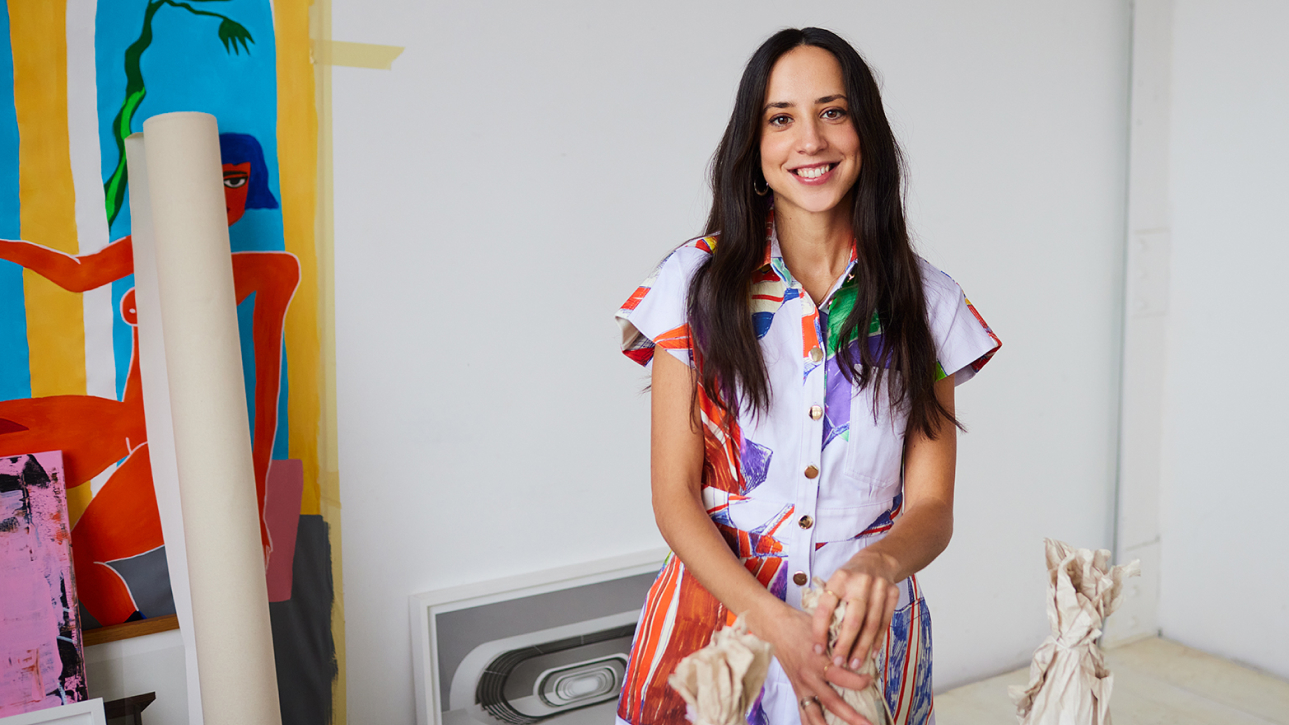I’ve noticed something intriguing happening: Rosé, typically seen as the perfect summer drink with a price tag similar to your average white, is revealing a deeper financial charm. While rosé Champagne reaches sky-high prices, still rosé remains reasonably priced, creating a fascinating puzzle that’s caught my attention in the wine world.
Is Rosé a Victim of Poor Marketing?
Yes. The reason rosé is so affordable largely boils down to how it’s marketed. Traditionally, rosé has been viewed as comparable to basic white wines, affecting both its pricing and what consumers expect. This mindset has been around for decades and has become ingrained in how the wine market operates, setting a limit that even premium rosés rarely surpass. Despite some exceptional examples, most people still see rosé as a lighter, more approachable wine. This is in stark contrast to rosé Champagne, where prices rival those of the finest champagnes, driven by the luxurious reputation of Champagne and its associated production costs.
Why did this happen?
I think it goes back to when rosé wines weren’t as trendy, or when red wines were considered more stable and had better aging potential because of their higher tannin and alcohol content. Historically, rosé has been seen as less formal or serious, which influenced how it was priced.

Photo: kata balogh
Is Rosé Production Cheaper?
The way rosé is made is quite efficient, which significantly affects its affordability. Unlike red wines, which often need extensive skin contact with grape skins to develop depth and tannins, rosé wines usually only require a few hours to a few days of contact. This short time is enough to give it that characteristic pink color without developing the strong tannins typical of red wines.
Does Early Release and Lower Aging Requirements Make it More Affordable?
Most rosé wines are meant to be enjoyed young and are released shortly after fermentation, often within a year of harvest. This quick turnaround from vineyard to market reduces storage and aging costs significantly. Also, while some high-end rosés are aged in oak to add complexity, most are not, avoiding the extra expenses associated with oak barrels and long aging periods.
How Much Do Fine Rosé Wines from Provence Cost?
- FIGUIÈRE Rosé Premier 2022: Typically, this rosé falls in the mid-range for Provencal rosés. You can usually find it retailing for about $20 to $35 per bottle.
- Domaines Ott Château Romassan Bandol Rosé: As one of the more prestigious rosés from Provence, it generally commands a higher price. You can expect to pay around $40 to $60 per bottle.
- Château d’Esclans Garrus Rosé: This is considered one of the top rosés from Provence and often comes with a premium price tag. Prices can range from approximately $100 to $150 per bottle, making it one of the most expensive rosés in the region.
How Much Should You Pay for Champagne Rosé?
Champagne rosé, being a sparkling wine from the Champagne region of France, often comes with a premium price due to the region’s reputation and the traditional method of production. Prices vary widely depending on the producer and specific cuvée:
- Non-vintage Champagne Rosé: Prices for non-vintage Champagne rosé usually start around $40-$50 and can go up to about $100 or more, depending on the brand and quality.
- Vintage Champagne Rosé: These are typically more expensive due to the selective production processes and aging potential. Prices often start around $70-$80 and can exceed $200 for bottles from renowned houses.
- Prestige Cuvée Champagne Rosé: These represent the top offerings from Champagne houses. Examples include Dom Pérignon Rosé, Louis Roederer Cristal Rosé, and Krug Rosé. Prices for these prestigious cuvées can range from about $300 to over $500 per bottle.
So, rosé is cheap, and Champagne is well-priced. What do you think?
When you compare these prices, it’s clear that everyday drinking and premium non-vintage Champagne rosés are priced similarly to high-end rosés from Provence like Domaines Ott and can be more affordable than Château d’Esclans Garrus. Vintage and Prestige Cuvée Champagne rosés are significantly more expensive, reflecting their status, aging potential, and the prestige of the Champagne region.
Inside Terres et Vins de Champagne: grower fizz, vin clair tasting, and bold bottles before the sparkle. A raw look at Champagne’s future.
Inside Domäne Wachau’s celebration of 20 years of renewal and its 2024 Falstaff Winery of the Year award—with growers, chefs, and unforgettable wines.
Domäne Wachau is where hand-picked grapes meet iconic views. Sip Smaragd, hike terraces, and feel like a wine pro—Austrian style, your way.
Subscribe now!
We deliver the hot news from the field of gastronomy. Keep yourself up to date!


